Both the Financial Conduct Authority (FCA) and Prudential Regulation Authority (PRA) have examined the causes of the collapse of Archegos Capital last March. Losses of $10million hit a number of major players like Credit Suisse so the UK regulators want to learn from Archegos. Their conclusion is that risk management failings from the 2008 financial crash have not been sufficiently corrected across the industry; in short it is still possible for senior management to remain ignorant of the true nature of risks which their firms undertake.
The finance industry has some of the sharpest brains in risk analysis, given that risk is an intrinsic element of operations in banking, asset management and insurance. The processes for calculating and determining acceptable risk are very sophisticated compared with other sectors like Health or Education where risk avoidance is a default option. Why then does the regulator think that risk management is the problem in need of attention?
The answer lies with the purpose of the Risk Committee and ultimate purpose in reporting to the main board. A recent survey by the Risk Coalition shows just how significant this remit is. If the aim of the risk committee is to maintain adherence to regulations across all the jurisdictions where the firm operates then it is essentially a compliance role. More than just a legal risk or box ticking, this becomes an existential risk if you consider the impact of withdrawing of licence to operate.
More common is the remit to identify business interruption and the cost of maintaining continuity through contingency planning. This is how many risk management functions operate. They exist to prevent disruption and to ensure all eventualities are considered and risks mitigated. This is a remit that looks at risk as a business cost or possible loss; it is more commercial than legal or regulatory. Over half the survey respondents claimed that risk mitigation was its main function.
How else could a Risk Committee be set up to inform the board, what about a remit that includes exploring opportunities and not just threats? In this capacity it can inform strategic direction and alternative avenues for growth in revenue, share or profit. A Risk Committee that is empowered to explore foresight and engage in scenario planning adds a powerful resource to the firm. It can add confidence to both board and investor decisions. Sadly, very few Risk Committees have this remit.
The Risk Committee needs to ensure that the board is aware of the risks to which the firm is exposed at all times, to ensure that the complex and contingent relationship between risk and reward is fully appreciated. The Risk Committee needs to be inquisitive and forensic in its pursuit of this truth.

